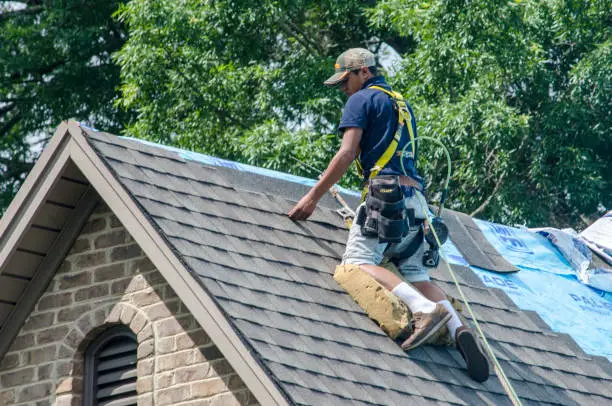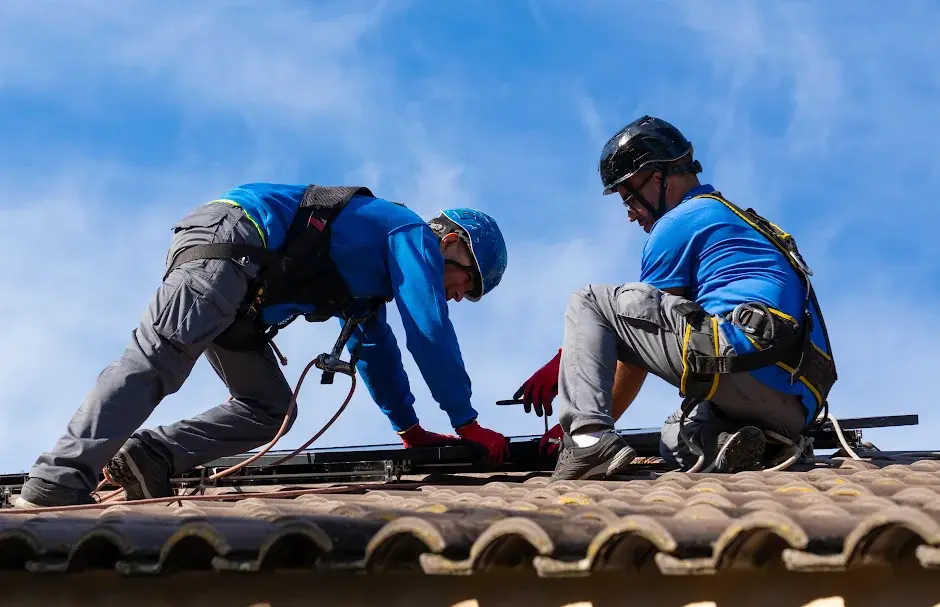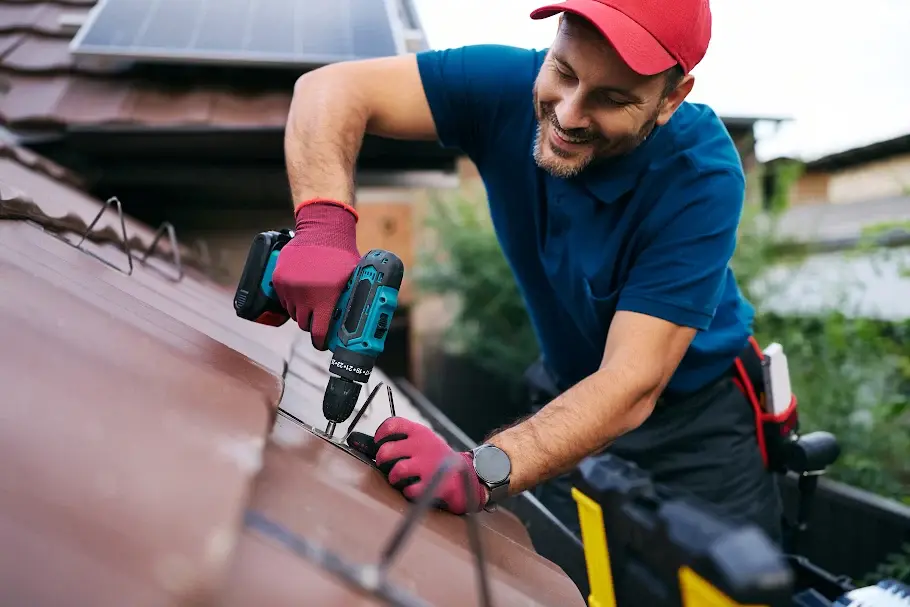A roof in good shape and health can be the ultimate selling point, improving both your curb appeal and property value. To ensure that every homeowner performs regular roof repairs and maintenance. Some key roof repair tips every homeowner should know include routine inspection, gutter maintenance, replacing exposed fasteners, trimming overhanging branches and ensuring proper attic ventilation. Seasonal and preventive maintenance extends the life of your roof and protects your structure. Understanding your roofing system is important for homeowners so they can be able to spot and address any damage early on.
Roof Repair 101: A Homeowner’s Guide for Lasting Protection
Whether you are a new homeowner or a busy family person, everyone needs to be vigilant about the condition of their roof. Identifying the issues timely is the most important part of supporting your roof and structure with lasting repairs. Replacing any cracked shingles right away in Strongsville, OH results in better energy efficiency, improved home value, and protection against costly repairs and structural damage. Finish Line Construction & Roofing can protect your home with expert solutions, ensuring lasting durability and security.
| Important fact Your insurance is not going to cover any roof damage caused by a DIY job. |
Listed below are the most common roof repair tips every homeowner should be aware of.

- Routine Inspection
Routine roof repair inspections — especially after every storm — help you spot vulnerable areas that need immediate attention. Ignoring a small leak, gap in the flashing, or loose materials can lead to extensive roof damage over time. Mold growth and rot are often difficult to notice until the harm is done. Regularly remove debris and check for any signs of wear and tear to keep your roof repair needs minimal and manageable.
Preventive maintenance and annual inspections are important and every homeowner must maintain a checklist of roof maintenance tasks for the optimal performance of their system.
- Gutter System Maintenance
Every homeowner should prioritize regular gutter inspection and cleaning as part of routine roof repair maintenance to ensure a properly functioning roof. Remove clogs, leaves, and debris from gutters and clean them every three months to prevent water buildup, leaks, and potential roof repair issues down the line.
- Trimming Overhanging Branches
If your roof is surrounded by trees, get the overhanging branches trimmed regularly to prevent cracks, pest infestation and deterioration. They can pose a serious safety risk during storms and result in costly impact related damage.
- Attic Ventilation
Poor ventilation can deteriorate your roofing layers and materials, resulting in premature aging and costly roof repair needs. For better energy efficiency and a stronger roofing system, ensure your ventilation is properly maintained and in good condition to avoid unnecessary roof repair issues in the future.
| Fast Fact Your attic ventilation system is responsible for the breathing and functioning of your roof and home. Without proper ventilation, the trapped air (hot or cold) will shorten your roof’s life. |
- Look for Mold and Water Stains
Always look out for any water stains and mold signs on exterior and interior walls, ceilings and attic. To prevent costly repairs for structural rot, be vigilant!
- Check Exposed Fasteners
Check if there are any exposed fasteners that can result in losing the structural integrity. Water can penetrate from that spot leading to leaks and rot. Seal or replace any exposed fasteners immediately to ensure a dry roof structure.
- Inspect Vents and Flashings
Look for any signs of deterioration around vents and flashing. Seal any cracks to prevent leaks and further damage. Schedule a professional inspection if you feel the damage is extensive.
- Seasonal Maintenance
Care for your roof in all seasons. Clean and inspect your roof in the fall and spring for harsh weather ahead. Coat your roof with sealants to protect against UV radiation. Inspect for any heat related damage after summer and look for any ice dams and snow buildup in valleys and around chimneys during winter.
- Understanding Your Roofing System
Every homeowner must be aware of their roofing system which can help with proper inspection and timely repairs.
| Did you know? Your roof system is a combination of different components and materials like the decking, flashing and underlayment, not just the main materials. Taking care of all results in a strong, healthy and durable roof. |
Conclusion
Understanding your roofing responsibility is important to protect your roof and overall structure. The best repair practices involve getting your roof professionally inspected annually and performing regular maintenance. Sealing or replacing any exposed fasteners helps prevent leaks. Removing debris and cleaning gutters regularly makes them channel away water from your structure, preventing structural damage. Regular repairs keep your roof in good shape, maintaining the home’s curb appeal and aesthetic value.
FAQs
How much damage to my roof can be repaired?
A standard rule is that if your roof has suffered damage of more than 30%, it’s best to consider roof replacement.
What is the most common type of roof repair?
Shingle repair is the most common type of roof repair to prevent leaks and keep your structure healthy and protected.
What is a key roof maintenance tip?
Frequently inspect your roof’s condition visually from the ground using binoculars and look for any cracked or missing shingles, water damage signs or discolored spots to make timely repairs.
What are the most common signs that my roof needs repair?
Look for cracked or missing shingles, leaks after rain, sagging areas, or water stains on ceilings — these are early indicators your roof needs attention.
How often should homeowners inspect their roof for damage?
Experts recommend inspecting your roof twice a year — ideally in spring and fall — and after severe storms to catch minor issues before they become costly repairs.



